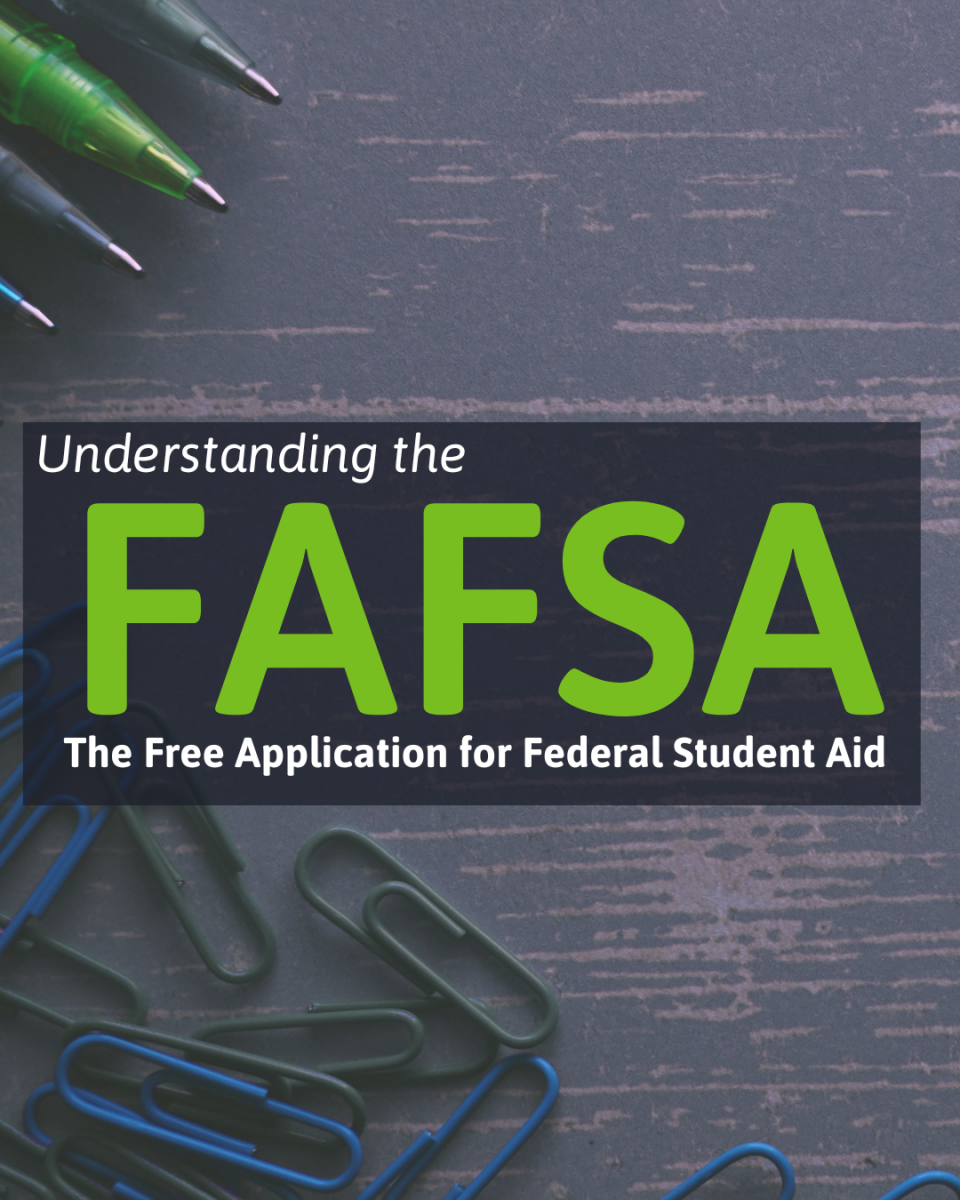If college is looming for your high school senior, or you’re finally thinking about going back to finish that degree or start grad school, the only thing more important than finding the right school and a program that fits your needs, is figuring out what it’s going to cost and where those resources are coming from.
Some people are fortunate enough to be able to pay for higher education without any help. But that’s not the common experience. For most of us, some combination of savings, earnings, grants, scholarships, loans, and financial aid are going to be essential to pay the tuition, school expenses, and living costs that come with pursuing a higher education.
But where do you start? The Free Application for Federal Student Aid (FAFSA) is the form that returning college students or high school seniors need to fill out to apply for federal financial aid. Many states, colleges, universities, and scholarship organizations require the FAFSA to determine whether a student qualifies for their aid. Without the FAFSA, many students and their families eliminate their possible eligibility for need-based financial aid, as well as access to federal student or parent loans.
This Year FAFSA is Simpler Than Ever
Most years, the FAFSA application opens in October. However, for the 2024-25 school year, the application will open in December of 2023. The deadline for the 2024-25 year isn’t until June 2025, but the earlier you apply the better the chance you have at receiving funds.
Over the years, parents and students have consistently complained about the length and complexity of the FAFSA application. The good news is, Congress listened and passed The FAFSA Simplification Act (FSA) in 2021 to make the application process a little easier for students and their families to complete.
The changes were implemented via a phased approach with only a few of the mandated adjustments showing up on the October 1, 2022, FAFSA. The remaining provisions are set to go into effect for the upcoming 2024-25 award year.
What Makes the New FAFSA So Much Easier
The FAFSA Will Be Much Shorter and More User-Friendly. The form has been shortened from over 100 questions to fewer than forty.
Pell Grant Eligibility. The biggest source of financial aid is the federal Pell Grant Program. The FSA amendments will use the adjusted gross income (AGI) in addition to the student aid index (SAI) to determine eligibility for Pell Grant award amounts. Students will also be able to estimate their eligibility for the grant before they complete the FAFSA.
No Discount for Multiple Children in College. Currently, financial aid eligibility increases for families with more than one child enrolled in college at the same time. So, parents with twins/multiples or parents whose children are closer together in age have had the potential to benefit greatly. However, under the new legislation, the FAFSA will no longer provide this discount.
In Divorce or Separation, Which Parent Fills Out FASFA? Currently, in a two-parent household, either parent can complete the FAFSA. However, if the parents are divorced or separated, the custodial parent is required to fill out the FAFSA. The custodial parent is defined as the parent with whom the child lives for the majority of the 12-month period ending on the day the FAFSA is filed.
By taking time to understnad this form and process, you will be better prepared to complete it and continue your higher education journey.
The Income Protection Allowance Goes Up. The FAFSA income protection allowance is an amount of income that is excluded from the financial aid eligibility formula. The new legislation raises both the parent’s and student’s income protection allowance.
